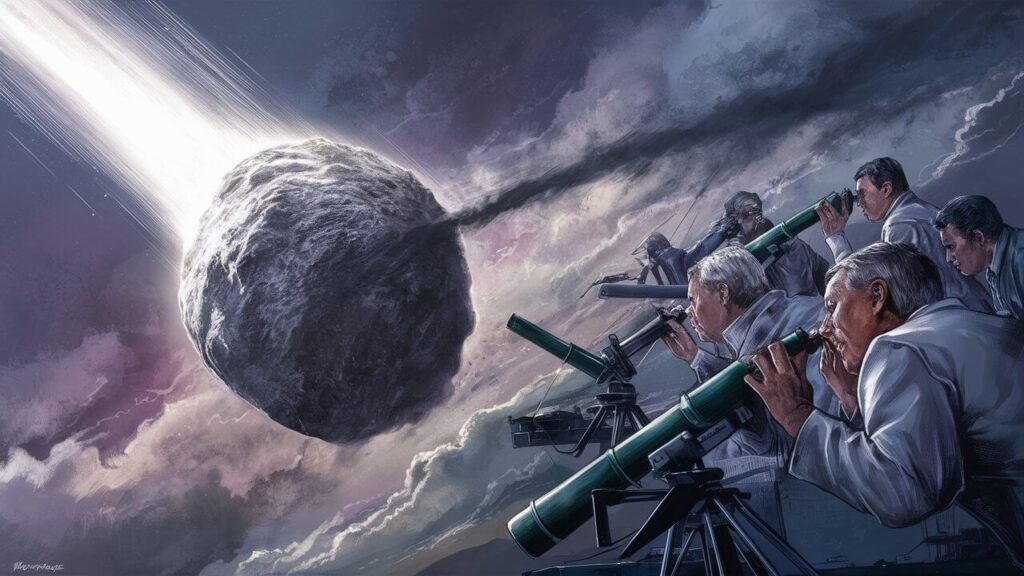Scientist Warns, every stargazer dream of witnessing a comet with the naked eye. This year, that dream seemed close to reality with reports in May that Comet Tsuchinshan-ATLAS (C/2023 A3) was brightening and growing a tail, hinting at a spectacular show in October. Some even speculated it could shine as brightly as Venus in the night sky.
However, comets are notoriously unpredictable. A new study published this week suggests a different outcome, predicting the imminent collapse of Comet Tsuchinshan-ATLAS before it reaches its closest point to the sun, known as perihelion, on September 27. The comet is currently located in the constellation Leo.
An 80,000-Year Journey
Comet Tsuchinshan-ATLAS is a long-period comet, making its journey into the inner solar system every 80,000 years. Originating from the Oort Cloud—a distant region filled with millions of comets—it’s expected to come very close to the sun, which is why it was predicted to become so bright. From the northern hemisphere, the best viewing opportunity was thought to be in the evenings after September 27, when the comet would have been visible in the southwest just after sunset. Its orientation might have caused its icy, dusty tail to reflect light towards Earth, making it appear even brighter—a phenomenon known as forward scattering.

A Fragile Visitor
The same close approach to the sun that promised a brilliant display also puts Comet Tsuchinshan-ATLAS at risk of disintegration. “The comet is expected to disintegrate before reaching perihelion,” states a paper by Czech-American astronomer Zdeněk Sekanina. Evidence suggests the comet hasn’t brightened as much as expected and appears fragmented, with an unusually narrow tail. Sekanina notes that the comet is shedding “dark, porous blobs of exotic shape,” indicating an advanced phase of fragmentation.
A Glimmer of Hope
Despite these dire predictions, the fate of Comet Tsuchinshan-ATLAS isn’t set in stone. “I expect that the object will disappear and cease to exist as an active comet before perihelion,” writes Sekanina. Yet, this theory is still testable. “It is definitely a testable theory and another good reason to observe this comet at every opportunity,” says Nick James, director of the Comet Section of the British Astronomical Association, though he remains skeptical, adding: “This doesn’t look like a comet that is fragmenting to me.”
A Brief History
Comet Tsuchinshan-ATLAS was first discovered by astronomers at China’s Purple Mountain Observatory in January 2023 and later re-identified by the Asteroid Terrestrial-impact Last Alert System (ATLAS) in South Africa in February 2023. At the time of its re-discovery, it was over seven times the Earth-sun distance away.
As we continue to observe Comet Tsuchinshan-ATLAS, the astronomical community remains hopeful for a spectacular display or, at the very least, a fascinating scientific insight into the life and death of comets.
